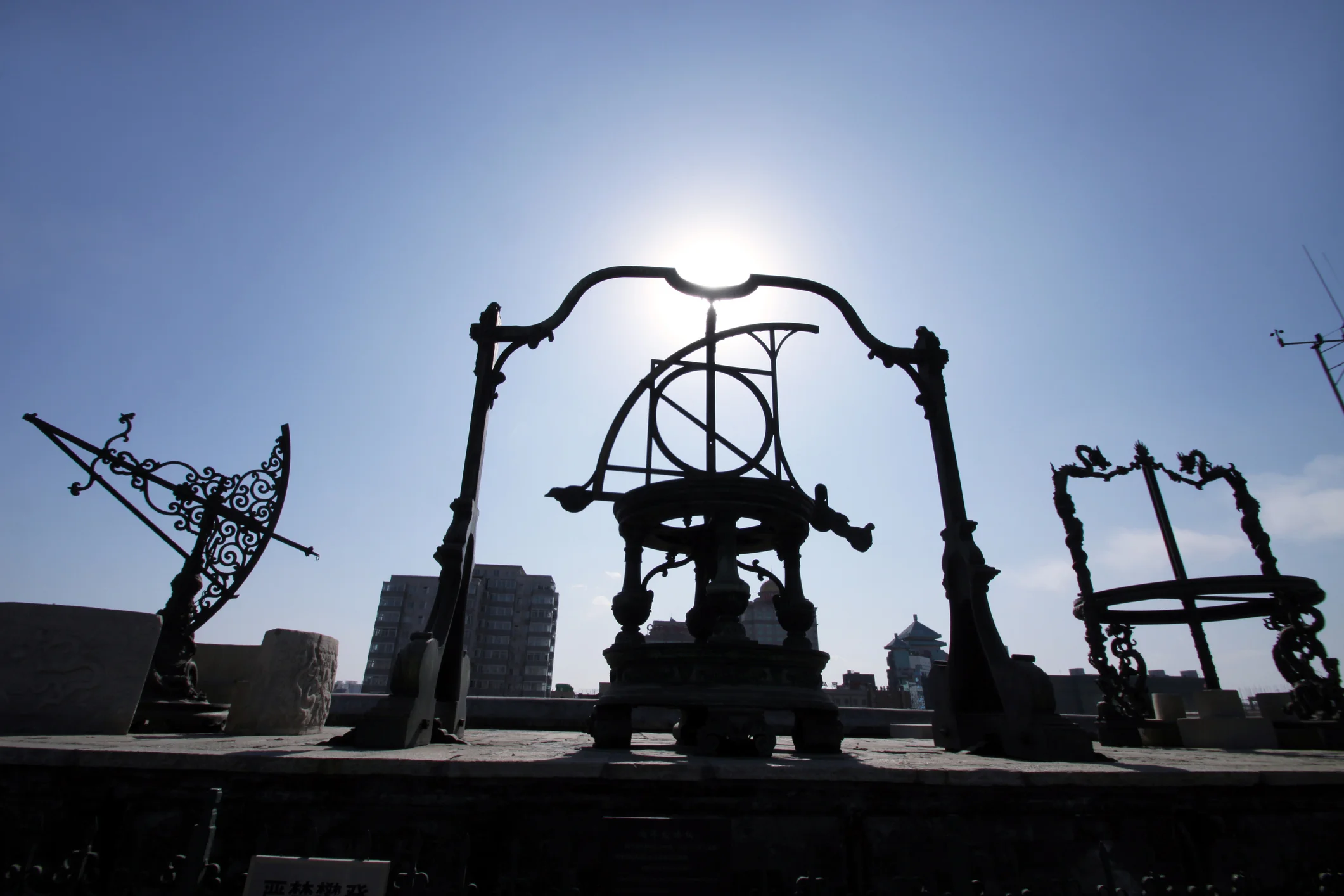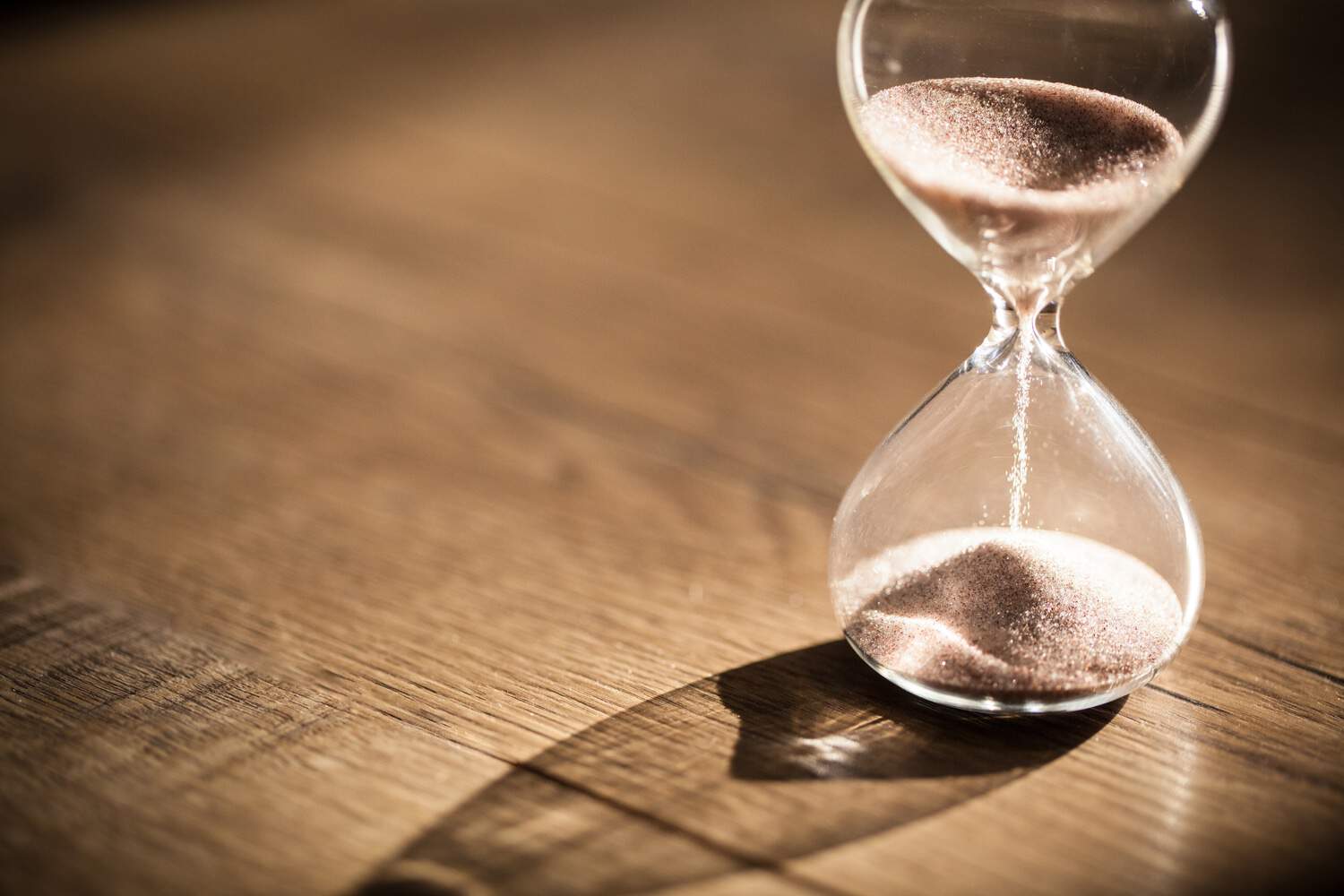Throughout human history, the measurement of time has been a pursuit that defined civilizations and shaped our understanding of the cosmos. Ancient cultures developed remarkable portable timekeeping devices that allowed them to track celestial movements, agricultural cycles, and daily routines with surprising accuracy.
The story of portable timekeeping tools from forgotten civilizations reveals not only technological ingenuity but also the profound connection between humanity and the rhythms of nature. These instruments represent some of the earliest attempts to understand and control our relationship with time itself, long before the digital age made precision timing ubiquitous.
⏳ The Dawn of Portable Time Measurement
Ancient civilizations recognized early that understanding time was essential for survival and prosperity. The ability to predict seasons, plan agricultural activities, and coordinate social events required reliable methods of time tracking. While monumental sundials and water clocks served stationary purposes, the development of portable timekeeping tools marked a revolutionary advancement in human technology.
The earliest portable timepieces were ingeniously simple yet remarkably effective. Ancient Egyptians, for instance, created shadow clocks around 1500 BCE that could be carried and repositioned throughout the day. These devices consisted of a horizontal bar with time markings and a raised crosspiece that cast shadows, allowing travelers and workers to track the passage of hours even while away from permanent structures.
Sundial Rings: Time on Your Finger 💍
Perhaps one of the most elegant portable timekeeping solutions came in the form of sundial rings. These compact instruments, used across various ancient cultures from Rome to China, allowed wearers to determine the approximate time by suspending the ring and observing how sunlight passed through a small hole to illuminate markings on the interior surface.
Archaeological evidence suggests that sundial rings were particularly popular among merchants, military commanders, and scholars who needed to coordinate activities while traveling. The rings were often crafted from bronze or brass, with more luxurious versions made from precious metals for wealthy patrons. The precision of these devices varied, but skilled craftsmen could create rings accurate to within fifteen minutes under optimal conditions.
🌙 Nocturnal Devices: Reading Time by the Stars
While solar-based instruments dominated daytime timekeeping, ancient astronomers developed sophisticated tools for measuring time during nighttime hours. The nocturnal, though more commonly associated with medieval Europe, had precursors in ancient civilizations that understood celestial mechanics.
Ancient Chinese astronomers created portable star charts and alignment tools that allowed them to determine time based on the position of specific constellations relative to the North Star. These devices were particularly valuable for night travelers, guards, and those conducting nocturnal religious ceremonies. The instruments typically consisted of rotating discs marked with star positions and time divisions.
The Merkhet: Egypt’s Astronomical Marvel
The ancient Egyptian merkhet stands as one of the most sophisticated portable astronomical instruments of the ancient world. Consisting of a bar with a plumb line and an alignment tool, the merkhet allowed users to track the transit of stars across the night sky with remarkable precision. Priests and astronomers used pairs of merkhets to establish north-south lines and measure time intervals based on stellar movements.
What made the merkhet particularly impressive was its dual functionality. Beyond timekeeping, it served as a surveying instrument for aligning pyramids and temples with celestial coordinates. This multi-purpose design exemplified the practical ingenuity of ancient Egyptian engineers who maximized utility while maintaining portability.
⏰ Water Clocks: Portable Liquid Time
While large water clocks, or clepsydrae, were common fixtures in temples and public spaces, ancient civilizations also developed portable versions for personal use. These compact devices operated on the same principle as their larger counterparts: water flowing at a consistent rate from one container to another provided a measurable passage of time.
Archaeological discoveries in ancient Greek and Roman sites have revealed small, handheld water clocks designed for travelers and military use. These portable clepsydrae were typically made from bronze or ceramic materials and featured graduated markings to indicate elapsed time. Some sophisticated models included mechanisms to adjust flow rates based on temperature variations that might affect water viscosity.
The Outflow Method Revolution
The most successful portable water clocks used the outflow method, where water drained through a calibrated opening at the bottom of a vessel. As the water level descended, it revealed time markings on the interior surface. This design proved more portable than inflow models because it required only a single vessel and minimal setup.
Military commanders particularly valued portable water clocks for coordinating troop movements and timing guard shifts. Historical records from ancient Greece describe generals using these devices during campaigns, demonstrating their practical importance beyond mere curiosity or scientific investigation.
🧭 Navigational Timepieces: Guiding Ancient Voyagers
Maritime civilizations developed specialized portable timekeeping tools that served dual purposes: measuring time and assisting with navigation. The Polynesians, renowned for their extraordinary oceanic voyages, created sophisticated systems combining time measurement with celestial navigation.
Ancient Polynesian navigators used portable stick charts and counting systems that tracked the passage of time through wave patterns, star positions, and the behavior of seabirds. While these might not resemble traditional timepieces, they functioned as temporal reference systems that allowed sailors to estimate journey durations and maintain course accuracy across vast Pacific distances.
The Viking Sun Compass Connection
Norse seafarers developed the sun compass, a portable instrument that helped determine both direction and approximate time during their extensive voyages. These devices, combined with sun stones (potentially calcite crystals used to locate the sun on overcast days), represented an integrated approach to navigation and timekeeping.
Recent archaeological findings in Greenland and Iceland have provided physical evidence of these sun compasses, confirming their existence beyond legendary accounts. The devices featured a central gnomon that cast shadows onto calibrated markings, allowing navigators to track the sun’s position throughout the day and maintain temporal awareness during lengthy voyages.
📜 Calendrical Computing Devices
Beyond measuring hours and days, some ancient portable instruments calculated longer time cycles essential for agricultural planning and religious observances. These calendrical computers represented sophisticated mechanical understanding that wouldn’t be matched for centuries.
The Antikythera mechanism, discovered in a Roman-era shipwreck, stands as the most famous example of ancient computational devices. While not strictly a timepiece in the modern sense, this bronze instrument contained dozens of gears that predicted astronomical positions and eclipses years in advance. Its portable design suggests it was meant for transport, possibly accompanying scholars or wealthy patrons who needed to consult its calculations.
Mesoamerican Calendar Wheels
The Maya and Aztec civilizations created portable versions of their complex calendar systems. These included wooden or stone wheels with interlocking cycles representing the 260-day sacred calendar and the 365-day solar year. Priests and scholars carried these instruments to perform calculations and determine auspicious dates for ceremonies, planting, and other important events.
The sophistication of Mesoamerican timekeeping cannot be overstated. Their astronomical observations rivaled those of any contemporary civilization, and their ability to predict celestial events demonstrated mathematical prowess that modern scholars continue to admire. The portable nature of their calendrical tools allowed this knowledge to spread throughout their trading networks and cultural sphere.
🔍 Archaeological Evidence and Modern Discoveries
Contemporary archaeological techniques have revolutionized our understanding of ancient portable timekeeping devices. Advanced imaging technologies, metallurgical analysis, and computational modeling allow researchers to reconstruct how these instruments functioned and assess their accuracy.
Recent excavations in China have uncovered portable sundials from the Han Dynasty that demonstrate remarkable precision. These bronze devices featured adjustable components to account for latitude changes, suggesting their users traveled extensively and needed accurate timekeeping across geographic regions. Similar discoveries in Roman Britain have revealed locally-produced portable sundials adapted for northern latitudes, indicating widespread knowledge of these technologies.
Preservation Challenges and Lost Technologies
Many ancient portable timekeeping devices were made from organic materials that deteriorated over time. Wooden instruments, leather components, and textile elements have largely vanished from the archaeological record, leaving us with incomplete understanding of the full range of ancient temporal tools.
Historical texts occasionally reference timekeeping instruments that have never been found physically. These literary ghosts suggest entire categories of portable timepieces may have existed but left no material trace. Researchers must carefully interpret these textual references, balancing skepticism with the possibility that our ancestors possessed capabilities we’ve yet to rediscover.
🌍 Cultural Significance and Social Impact
The development of portable timekeeping tools profoundly influenced ancient societies in ways that extended far beyond mere convenience. Access to personal time measurement created new social dynamics and enabled activities previously impossible or impractical.
In ancient Rome, portable sundials became status symbols among the wealthy elite. Owning and displaying these devices demonstrated education, sophistication, and engagement with scientific knowledge. This social dimension of timekeeping tools parallels modern relationships with luxury watches and smartphones, where devices serve both functional and symbolic purposes.
Religious and Ceremonial Applications
Many ancient religions required precise timing for prayers, rituals, and astronomical observations. Portable timekeeping instruments enabled priests and religious practitioners to maintain schedules even while traveling or conducting ceremonies at remote sites. This capability strengthened religious institutions and facilitated the spread of organized worship practices.
Buddhist monasteries in ancient Asia, for example, used portable water clocks and incense timers to coordinate meditation sessions and prayer times. These devices ensured consistency in religious practice across different locations and helped maintain the disciplined schedules central to monastic life.
💡 Technical Innovation and Engineering Mastery
The creation of accurate portable timekeeping devices required solving numerous technical challenges. Ancient engineers had to account for factors like temperature variations, wear on moving parts, and the effects of transport on calibration. Their solutions demonstrate impressive problem-solving abilities and deep understanding of physical principles.
Metallurgical expertise was essential for creating durable, precise components. Bronze alloys had to be formulated for strength, corrosion resistance, and workability. Craftsmen developed specialized tools and techniques for cutting accurate time markings and creating smooth bearing surfaces for rotating components.
Calibration Techniques Across Cultures
Different civilizations developed unique methods for calibrating their portable timepieces. Ancient Chinese craftsmen used astronomical observations to establish reference standards, while Mediterranean cultures often calibrated devices against established water clocks or monumental sundials. This attention to accuracy reveals a sophisticated understanding that timekeeping instruments required regular verification and adjustment.
The transmission of calibration knowledge represented an important aspect of technical education in ancient societies. Master craftsmen passed detailed procedures to apprentices, ensuring that the quality and accuracy of portable timekeeping devices maintained consistent standards across generations.
🔮 Legacy and Modern Connections
The portable timekeeping tools of ancient civilizations laid foundations for horological developments that would eventually lead to modern watches and smartphones. Many principles pioneered thousands of years ago—like using celestial references, mechanical regulation, and portable power sources—remain relevant in contemporary timekeeping technology.
Museums worldwide now showcase ancient portable timepieces as testaments to human ingenuity. These exhibits allow modern audiences to appreciate the technical sophistication of our ancestors and recognize that the desire for portable, accurate time measurement is not merely a modern phenomenon but a fundamental human drive spanning millennia.
Educational Value for Contemporary Society
Studying ancient portable timekeeping devices offers valuable lessons beyond historical curiosity. These instruments demonstrate how technological innovation responds to genuine human needs and how different cultures approach similar challenges with diverse solutions. Understanding these historical developments enriches our appreciation for the complex relationship between technology, society, and human cognition.
Educational institutions increasingly incorporate ancient timekeeping tools into STEM curricula, using them to teach principles of astronomy, mechanics, and engineering. Students who build replica ancient sundials or water clocks gain hands-on understanding of both historical technology and fundamental scientific concepts.
🎯 Unlocking Continued Mysteries
Despite significant research progress, many questions about ancient portable timekeeping remain unanswered. Ongoing archaeological excavations regularly uncover new examples that challenge existing assumptions and expand our understanding of what ancient peoples achieved.
Future discoveries may reveal even more sophisticated instruments than those currently known. The possibility that advanced civilizations possessed timekeeping technologies surpassing our current expectations cannot be dismissed. As analytical techniques improve and previously unexplored sites undergo excavation, the story of ancient portable timekeeping continues to evolve.
The quest to understand how forgotten civilizations measured and conceptualized time connects us with fundamental aspects of human experience. These ancient instruments represent more than technical achievements; they embody humanity’s perpetual effort to understand our place in the cosmos and organize our lives according to natural rhythms. By studying these remarkable devices, we gain insight not only into past technologies but also into the enduring human relationship with time itself—a relationship that continues to shape our world in profound ways.
Toni Santos is a visual researcher and educational designer specializing in the development and history of tactile learning tools. Through a hands-on and sensory-focused lens, Toni investigates how physical objects and textures can enhance understanding, memory, and creativity while exploring the intersections of ancient temporal systems, ritualized time practices, and cultural perceptions of chronology. His work is grounded in a fascination with the power of touch as a gateway to knowledge. From embossed maps and textured alphabets to handcrafted manipulatives and sensory kits, Toni uncovers the subtle ways tactile tools shape cognitive development and learning experiences, while engaging with ancestral calendars and forgotten systems, chrono-rituals and time portals, cultural time perception and myth, and devices and tools of time. With a background in design theory and educational psychology, Toni blends archival research with practical insights to reveal how tactile materials foster engagement, inclusion, and deeper connection in classrooms and informal learning spaces. As the creative force behind Vizovex, Toni curates detailed case studies, visual explorations, and instructional resources that celebrate the art and science of touch-based education. His work is a tribute to: The transformative role of tactile tools in learning The intersection of sensory experience, cognition, and temporal wisdom The craft and innovation behind educational objects and time devices Whether you’re an educator, designer, or lifelong learner, Toni invites you to explore the rich textures of knowledge—one touch, one tool, one discovery at a time.




